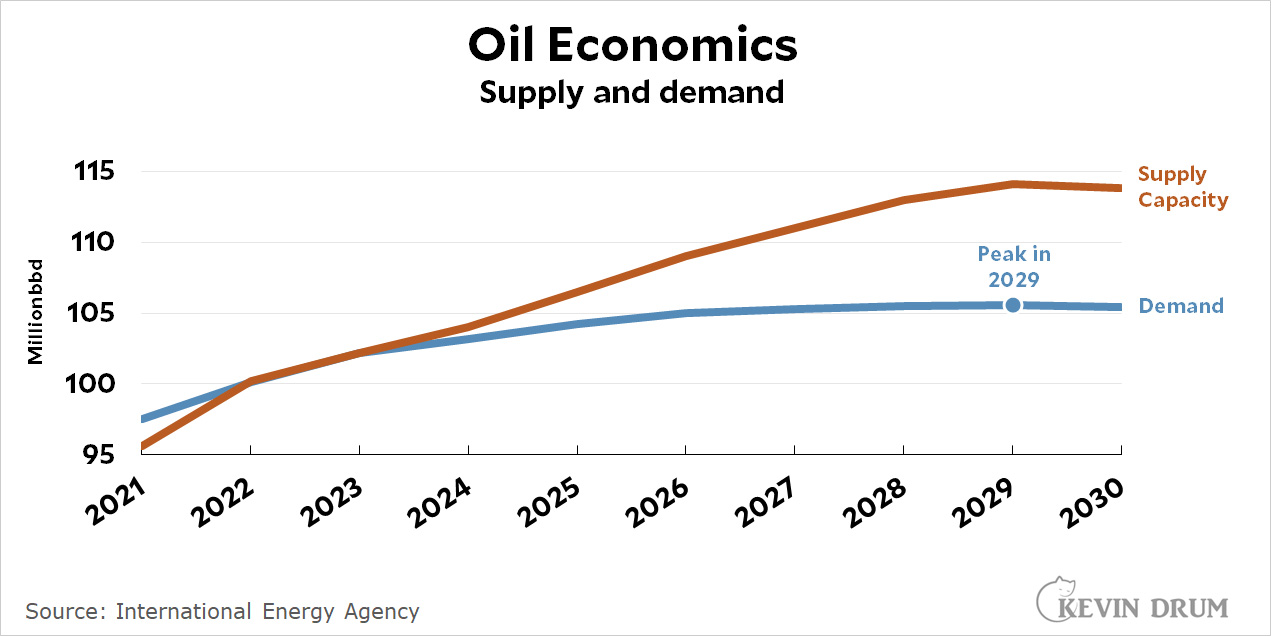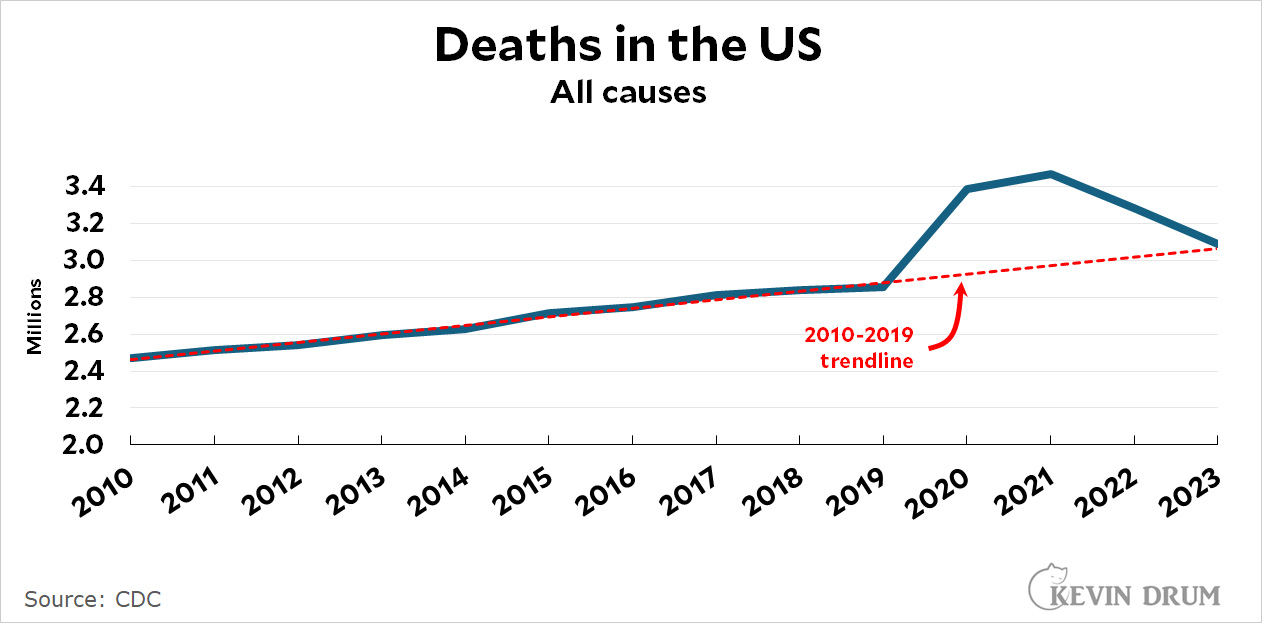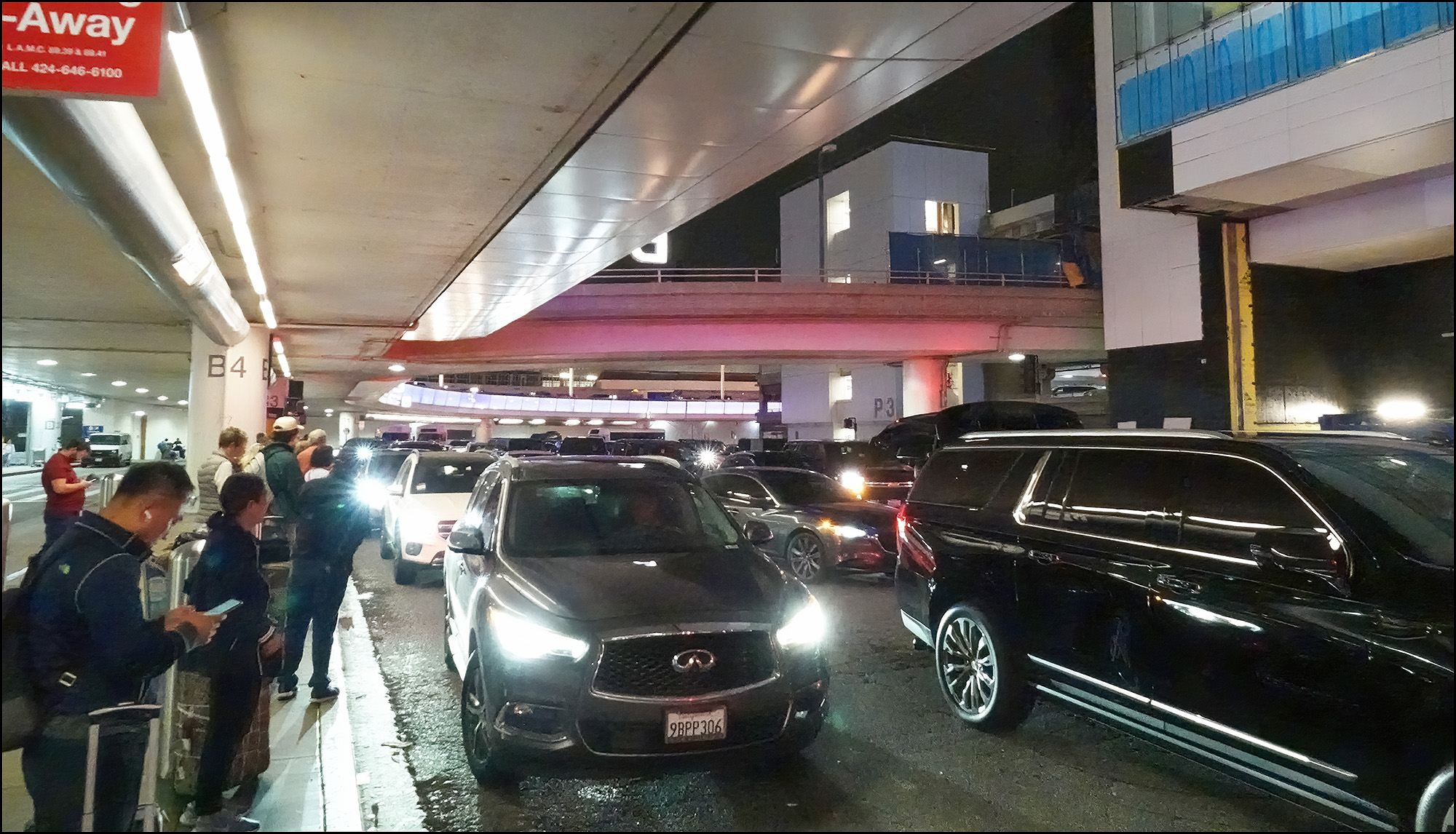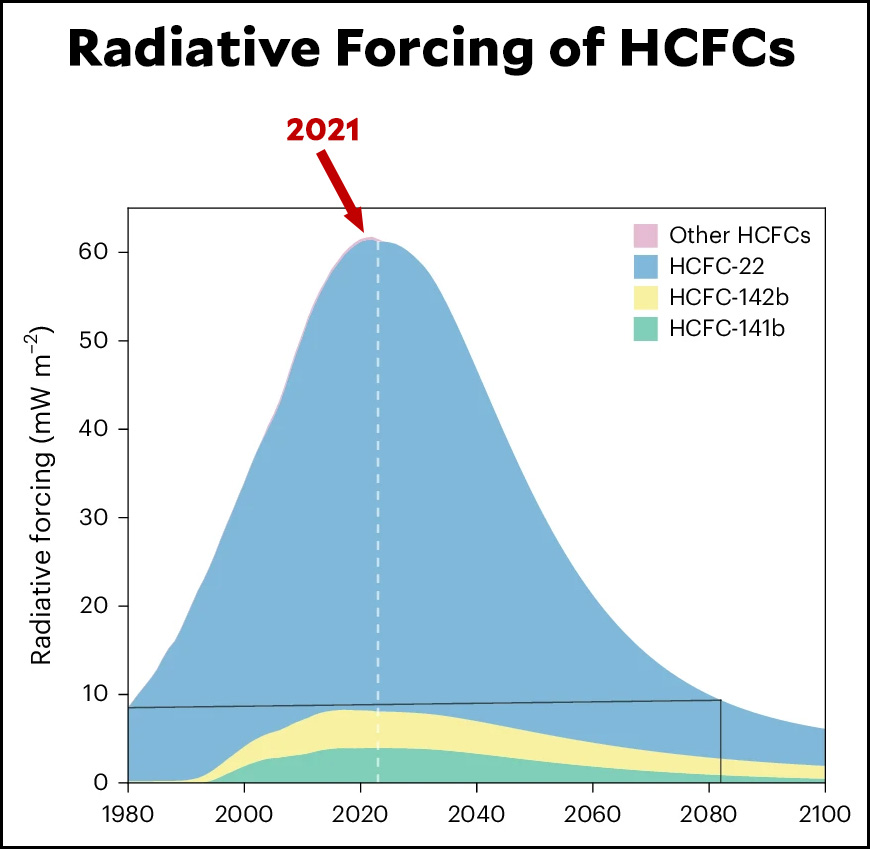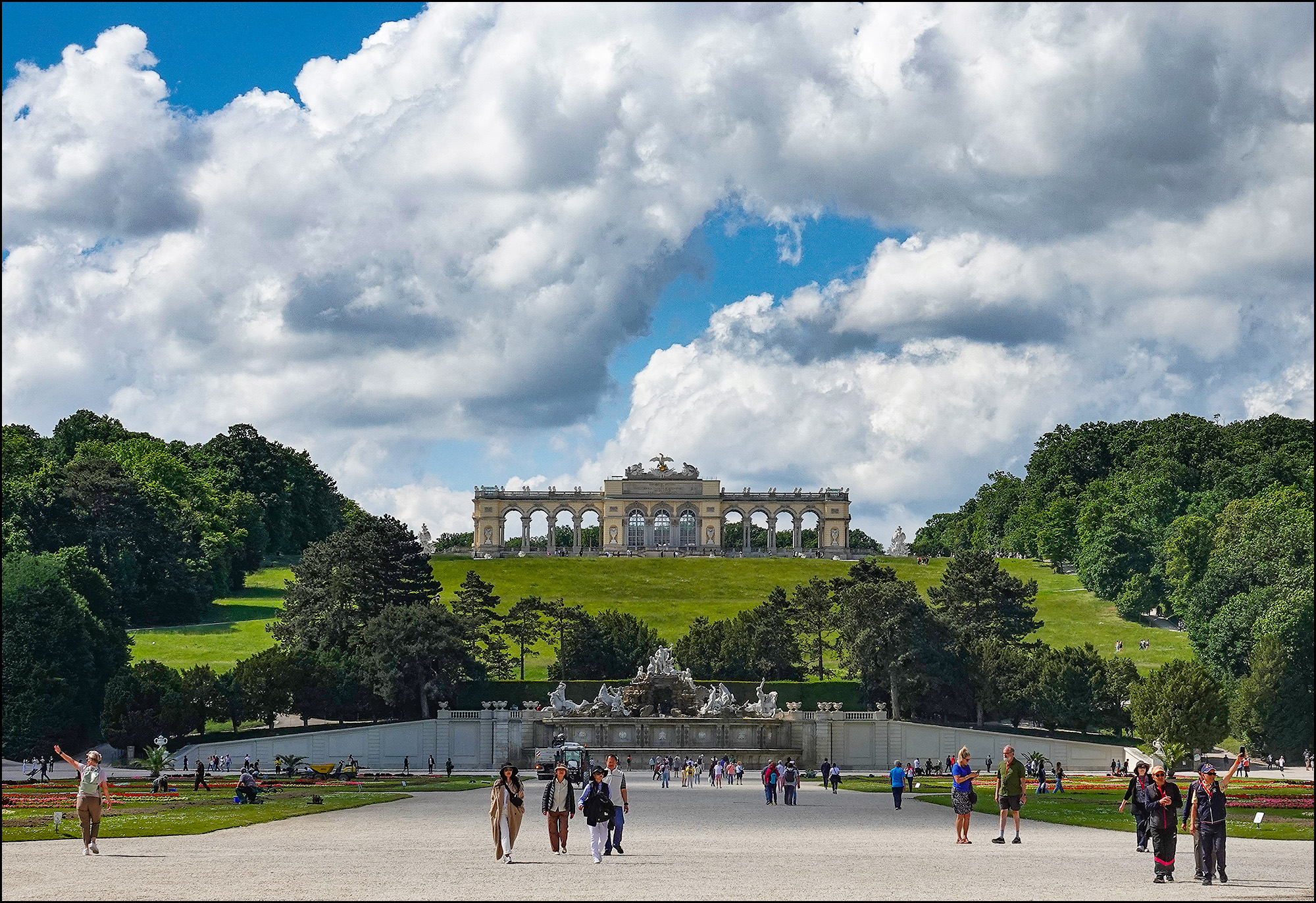I learned something new today from Marcy Wheeler. The conventional wisdom about the Hunter Biden case is that his plea deal fell apart because of a disagreement over the scope of Hunter's immunity from further prosecution. The government thought immunity was narrowly tailored to the specific charges at hand: guns, drugs, and taxes. Hunter's team wanted a broader immunity.
But that's not why things fell apart. This was a point of disagreement, but during the hearing over the plea agreement the judge gave both sides a few minutes to hash things out. Hunter's lawyer then agreed to the narrower immunity:
THE COURT: All right. So the defense agrees that the agreement not to prosecute only includes the time period from 2014 to 2019, it only includes tax charges in that time period, drug charges in that time period, and the particular — the firearms charges that relate to this particular firearm?
MR. CLARK: Yes, Your Honor.
So what happened? It's a little complicated. The deal had two parts: a Plea Agreement and a Diversion Agreement. The immunity provisions were in the Diversion Agreement.
This matters because it allows the Plea Agreement to be a "B agreement." Under a B agreement, the judge has no authority to accept or reject the plea. All she does is sentencing. However, if the immunity provisions were placed within the Plea Agreement—which is normal—then it would be an "A agreement" and the judge would have more authority over it.
The judge in the case implied that this was a bit of slick lawyering. She has no authority over the Diversion Agreement, which is solely a contract between Hunter and the government, and, because the immunity provisions were moved, she has no authority over the Plea Agreement either. So she's just a rubber stamp.
And there's more. The judge has no authority and no input into the Diversion Agreement, but it nonetheless includes a clause that makes her the arbiter of any alleged breaches in the agreement:
THE COURT: I'm concerned that that provision makes me a gatekeeper to criminal charges and puts me in the middle of a decision as to whether to bring a charge. And we already talked about separation of powers and that choice as to whether to bring charges is not — that's the executive branch, not the judicial branch, so is this even constitutional?
Hunter's lawyer explains that the case has become very politicized and they wanted a neutral arbiter. That's why they're asking her to do this. The judge says she understands, but is still concerned that she's effectively exercising a veto over future prosecution, which is supposed to be exclusively up to the Department of Justice.
The two sides discuss alternatives, and then ask the judge to approve everything else while they hash out this one issue. She declines, and sets the whole plea deal aside until she can hear further briefings.
But that never happened. A few days later House Republicans launched an investigation into Hunter's "sweetheart deal" and started a pressure campaign on prosecutor David Weiss to drive a harder bargain—something that Speaker Mike Johnson has bragged about:
A year ago, Hunter Biden was offered a sweetheart deal that would have allowed him to bypass the justice system on these charges. Because whistleblowers spoke out and House Republicans sounded the alarm, Hunter was brought to court. Today he was found guilty of all charges. Now…
— Speaker Mike Johnson (@SpeakerJohnson) June 11, 2024
The whole plea deal crashed completely in just a few more days. The prosecution team proposed removing the judge as arbiter and killing all immunity, which Hunter's team didn't accept. Prosecutors then threatened to revoke all the agreements, but before they could negotiate further Weiss—now a special counsel—withdrew the agreements and later insisted on felony pleas going forward.
So that's what happened. The judge had some arcane concerns about the deal, but before they could be adjudicated David Weiss pulled out and decided to take the cases to court. The end.

